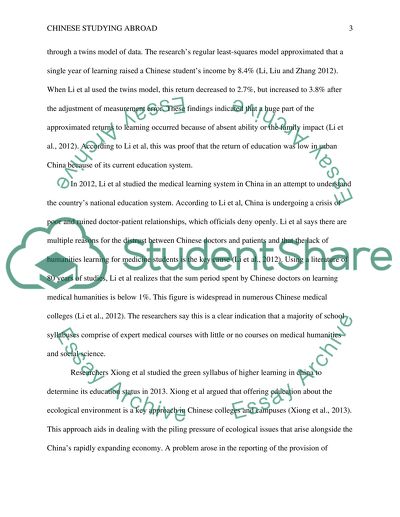Cite this document
(“What factors influencing Chinese parents tosend their children to Literature review”, n.d.)
What factors influencing Chinese parents tosend their children to Literature review. Retrieved from https://studentshare.org/journalism-communication/1655206-what-factors-influencing-chinese-parents-tosend-their-children-to-study-abroad
What factors influencing Chinese parents tosend their children to Literature review. Retrieved from https://studentshare.org/journalism-communication/1655206-what-factors-influencing-chinese-parents-tosend-their-children-to-study-abroad
(What Factors Influencing Chinese Parents Tosend Their Children to Literature Review)
What Factors Influencing Chinese Parents Tosend Their Children to Literature Review. https://studentshare.org/journalism-communication/1655206-what-factors-influencing-chinese-parents-tosend-their-children-to-study-abroad.
What Factors Influencing Chinese Parents Tosend Their Children to Literature Review. https://studentshare.org/journalism-communication/1655206-what-factors-influencing-chinese-parents-tosend-their-children-to-study-abroad.
“What Factors Influencing Chinese Parents Tosend Their Children to Literature Review”, n.d. https://studentshare.org/journalism-communication/1655206-what-factors-influencing-chinese-parents-tosend-their-children-to-study-abroad.


